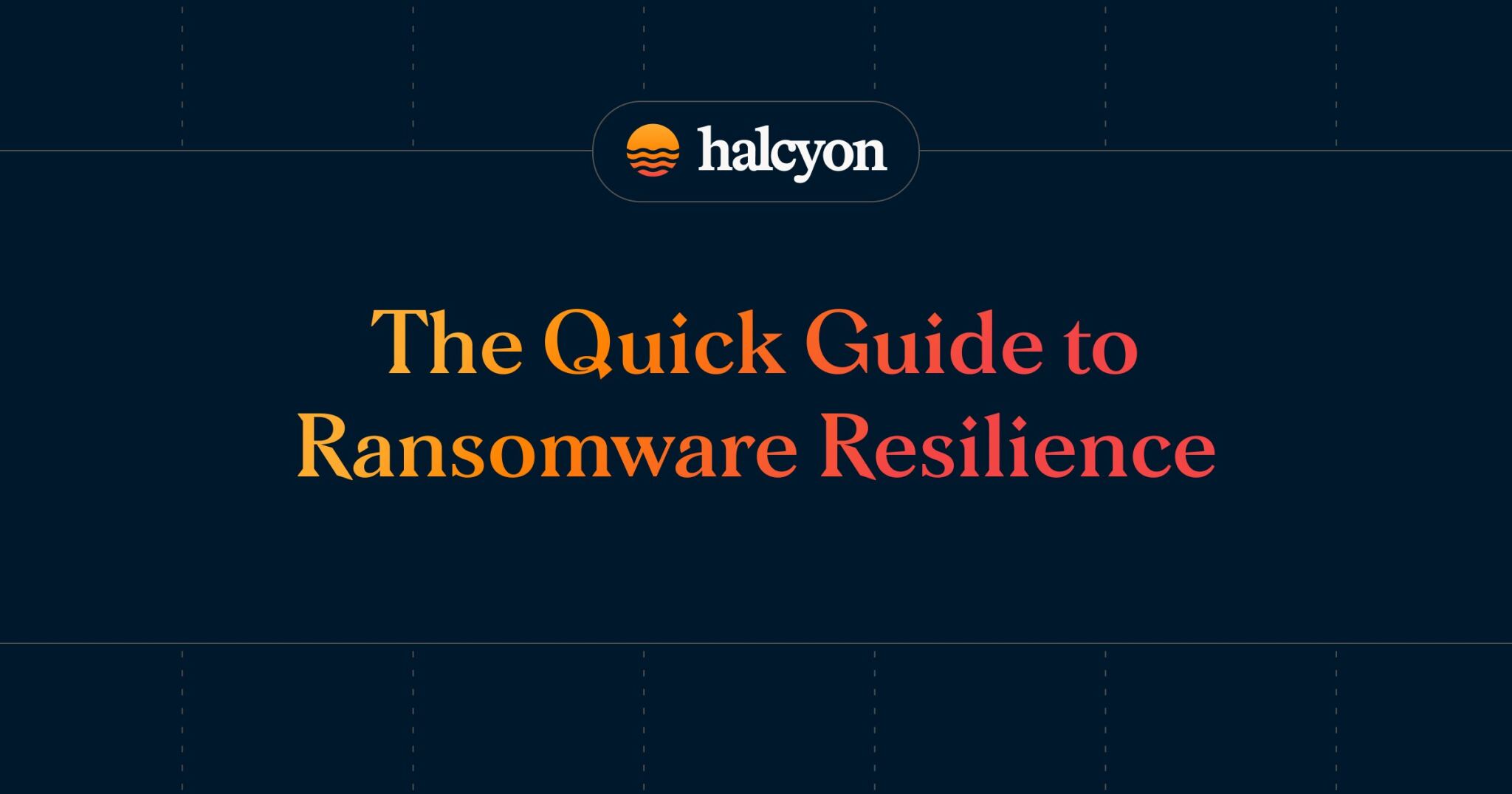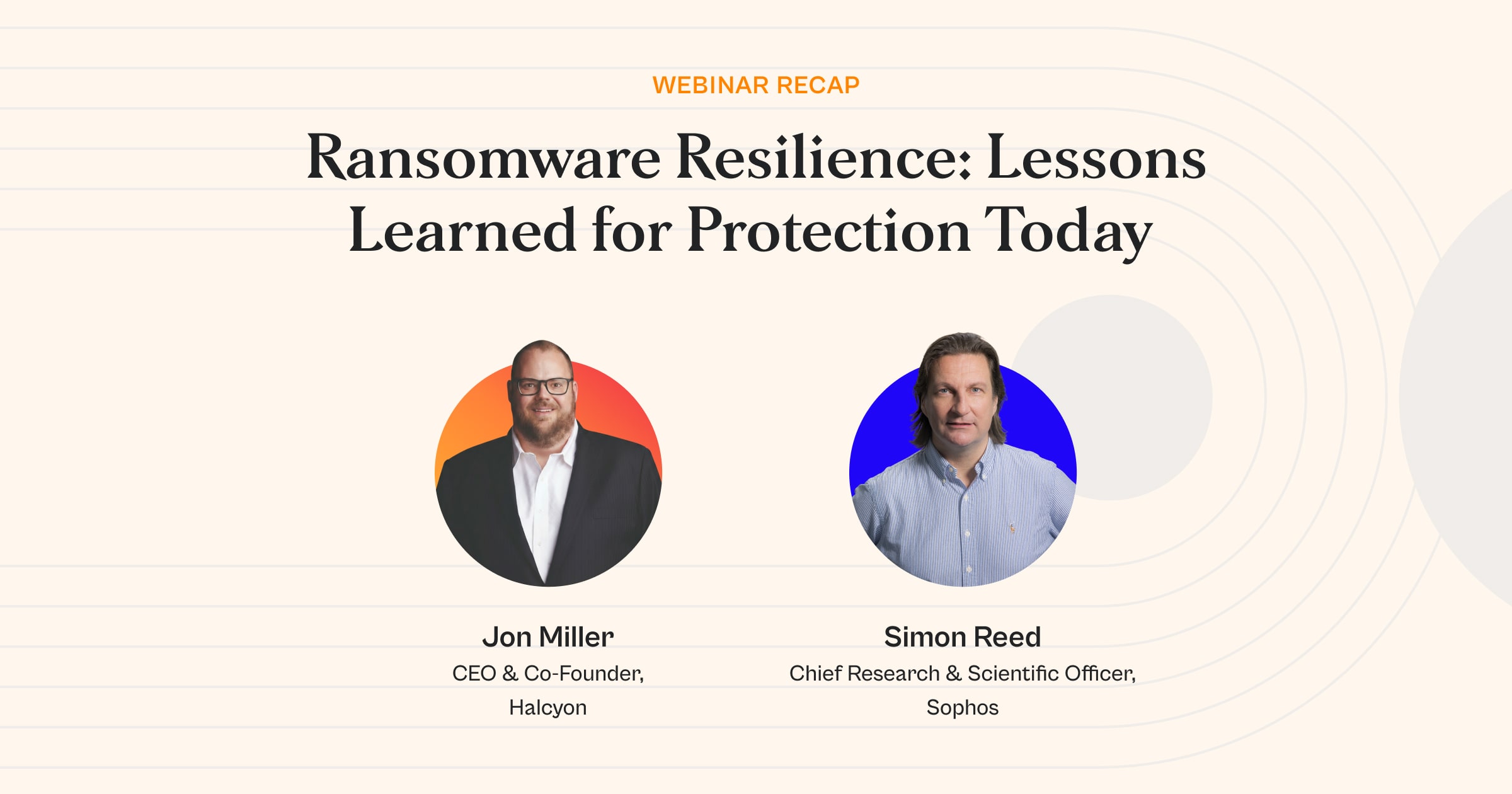Last Week in Ransomware: 03.25.2024


Ransomware Operators Automate Exploits Vulnerabilities at Alarming Speed
Recent observations by cybersecurity researchers have highlighted a concerning trend in ransomware attacks, with threat actors leveraging automation to exploit vulnerabilities swiftly.
The emergence of a ransomware affiliate dubbed ShadowSyndicate has drawn attention to the exploitation of a directory traversal vulnerability (CVE-2024-23334) in the widely used aiohttp Python library.
The exploit enables unauthorized access to system files, regardless of symlink presence, making it a lucrative target for opportunistic threat actors like ShadowSyndicate.
Known for their financial motivations, ShadowSyndicate has been linked to various ransomware strains, including Quantum, Nokoyawa, and Clop, among others, according to reports from Bleeping Computer.
The use of open-source libraries, often in outdated versions, poses a significant challenge for organizations, as locating and patching vulnerabilities can be complex. This issue is compounded by the fact that organizations may be unaware of the open-source components present in their systems, leaving them vulnerable to exploitation.
The rapid automation of attack processes by ransomware operators exacerbates the challenge of vulnerability management. Recent events surrounding the aiohttp library vulnerability illustrate this concerning trend, with researchers identifying exploitation attempts shortly after the release of a proof-of-concept exploit.
The case mirrors past incidents, such as the Cl0p ransomware gang's exploitation of a flaw in the MoveIT file sharing program, which compromised over 1000 organizations in a short span. The timeline of events surrounding the aiohttp vulnerability underscores the urgency for organizations to prioritize patching and proactive security measures.
Addressing the root causes of patching delays, whether due to technical constraints or negligence, is crucial in mitigating the ransomware threat. While patching systems can be complex, particularly for legacy infrastructure, failing to address known vulnerabilities only amplifies the risk of exploitation.
In conclusion, the escalation of ransomware attacks driven by automation emphasizes the need for concerted efforts to improve vulnerability management and cybersecurity practices. Proactive measures, coupled with timely patching and awareness, are essential in mitigating the growing threat landscape posed by ransomware actors.
UnitedHealth Allocates $2 Billion for Ransomware Recovery
UnitedHealth, through its subsidiary Change Healthcare, is embarking on a monumental effort to combat the aftermath of a devastating ransomware attack, described by American Hospital Association CEO Rick Pollack as unprecedented in the U.S. healthcare sector.
The healthcare payment processing giant has committed $2 billion to recovery initiatives in response to the alarming cyber breach.
Andrew Witty, CEO of UnitedHealth, revealed that substantial progress has been made in restoring the impacted systems, with 90% of the affected pharmacy computer network infrastructure now recovered.
This development signals a significant stride towards the full operational restoration of critical payment management software essential for processing medical services covered by insurers.
The surge in ransomware assaults targeting healthcare organizations globally has raised profound concerns within the cybersecurity community. Attacks on healthcare organizations highlight the disregard of cybercriminals for the humanitarian consequences of their actions, driven solely by profit motives or geopolitical agendas.
The financial toll of ransomware attacks is staggering, with Chainalysis reporting ransom payments surpassing $1 billion in 2023 alone. However, the actual extent of losses may far exceed these figures, as emphasized by the FBI's revelation that only a fraction of incidents are reported to law enforcement.
Ransomware's pervasive impact extends beyond direct financial losses, encompassing extensive recovery costs, brand damage, and potential legal ramifications. The economic burden is ultimately borne by consumers, businesses, and government entities alike.
To counter the burgeoning ransomware industry, it is imperative to undermine the profitability of such attacks. This entails bolstering cybersecurity measures to deter threat actors from exploiting vulnerabilities and leveraging automation to amplify their assault capabilities.
While eradicating ransomware threats entirely may seem daunting, mitigating their success through robust preventive measures is attainable. By fortifying defenses and eliminating patchable security vulnerabilities, organizations can thwart ransomware operators and safeguard against debilitating cyber extortion.
Ransomware Operators Scramble Amid Trust Erosion
Recent disruptions to prominent ransomware-as-a-service (RaaS) groups have catalyzed a significant shift in their operational strategies, with a pronounced emphasis on bolstering affiliate trust and confidence.
Researchers note a surge in recruitment efforts targeting affiliate attackers seeking alternative platforms following setbacks encountered by major groups like LockBit and BlackCat/ALPHV.
In a startling turn of events, suspicions arose regarding the involvement of law enforcement in the outage of BlackCat/ALPHV's leaks site, prompting speculation of a possible exit scam orchestrated by the group's operators.
This alleged betrayal has dealt a severe blow to trust within the illicit ransomware ecosystem, prompting RaaS groups to undertake extensive measures to rebuild confidence among affiliates.
Reports indicate a fundamental restructuring of RaaS business models, with established players such as Medusa, RansomHub, and Cloak offering enhanced profit-sharing schemes, round-the-clock support, and other incentives to attract and retain affiliates.
This strategic pivot underscores the critical importance of affiliate relationships in sustaining the profitability of RaaS operations.
Ransomware, fundamentally a profit-driven enterprise, operates akin to legitimate software-as-a-service (SaaS) companies, with R&D, technical support, and profit-sharing mechanisms mirroring conventional business practices.
The erosion of trust between RaaS operators and affiliates mirrors the repercussions faced by legitimate enterprises in cases of partner betrayal, highlighting the symbiotic nature of their relationship.
While the full ramifications of this trust breakdown remain uncertain, the rift between affiliates and RaaS providers has undoubtedly stirred apprehension within the cybercriminal community. The potential fallout may curtail the pool of attackers, limiting operations to those with the requisite skills to develop and sustain attack infrastructure.
As the ransomware landscape evolves, the recalibration of RaaS tactics underscores the complex interplay between trust, profitability, and operational stability within illicit cyber ecosystems.
While mitigating the threat of ransomware remains a multifaceted challenge, addressing trust deficits within the RaaS paradigm represents a pivotal step towards disrupting cybercriminal operations.
Petersen Health Care Declares Bankruptcy Following Ransomware Attacks
The healthcare industry faces yet another blow as Petersen Health Care, a major nursing home operator in the U.S., files for bankruptcy in the aftermath of debilitating ransomware attacks.
Operating over 90 nursing homes across the Midwest, Petersen Health Care offers a range of crucial services including nursing care, memory care, and hospice.
The financial turmoil ensued following a disruptive ransomware attack in October 2023, which not only resulted in data loss but also impeded Petersen's ability to bill for services, exacerbating their financial woes.
The situation worsened with a subsequent ransomware attack on UnitedHealth Group's Change Healthcare, a key payer for Petersen, intensifying their financial distress.
Amidst bankruptcy proceedings, Petersen Health Care pledges to maintain normal operations while seeking to restructure its debts. However, this development underscores the grave repercussions of ransomware attacks on healthcare providers, with studies indicating a direct correlation between such incidents and patient mortality rates.
Research reveals alarming statistics, with a significant percentage of healthcare providers reporting disruptions in patient care, complications in medical procedures, and even increased mortality rates following ransomware attacks.
Recent examples include Prospect Medical Holdings suspending emergency services and SMP Health ceasing operations altogether due to ransomware incidents.
The relentless targeting of healthcare organizations by ransomware operators highlights the urgent need for heightened cybersecurity measures and robust contingency plans within the sector.
With the lives of patients hanging in the balance, the profound impact of ransomware attacks underscores the imperative for collective action to mitigate this escalating threat.
Halcyon.ai is the leading anti-ransomware company. Global 2000 companies rely on the Halcyon platform defeat ransomware with minimal business disruption through built-in bypass and evasion protection, key material capture, automated decryption, and data exfiltration and extortion prevention – talk to a Halcyon expert today to find out more. Halcyon also publishes a quarterly RaaS (Ransomware as a Service) and extortion group reference guide, Power Rankings: Ransomware Malicious Quartile, and check out the Recent Ransomware Attacks resource site.
Related Posts
See Halcyon in action
Interested in getting a demo?
Fill out the form to meet with a Halcyon Anti-Ransomware Expert!





